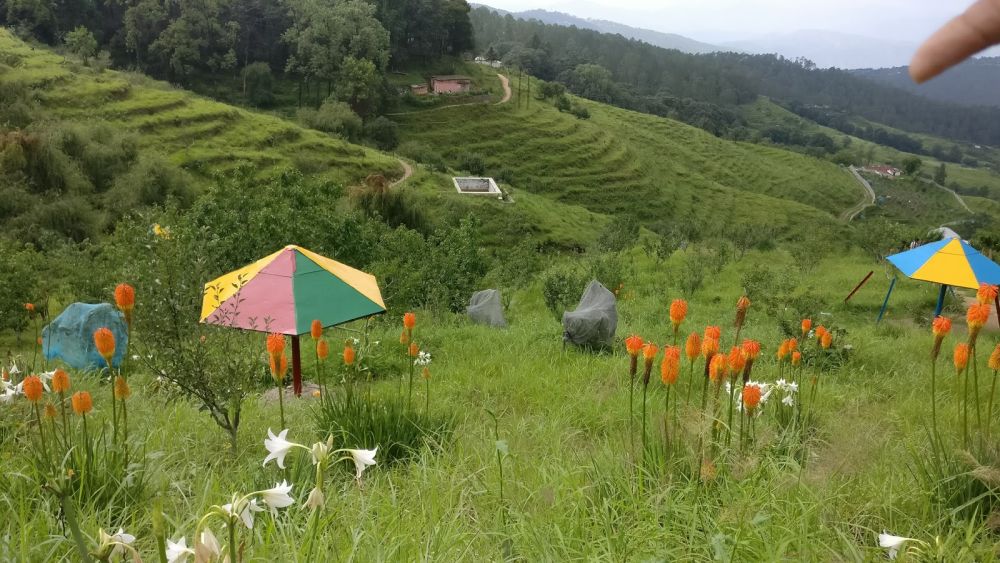

Located in the heart of the Kumaon hills in Uttarakhand, India, Chaubatia Gardens is a haven for nature enthusiasts and one of the prime attractions in Ranikhet. Renowned for its lush orchards, panoramic views of the Himalayas, and rich history, the gardens are a testament to the beauty and diversity of the region's flora.
The establishment of Chaubatia Gardens dates back to the British colonial era in India. Recognized for its favorable climatic conditions and fertile soil, this locale was developed into a plantation area by Britishers in the late 19th century. It was originally intended as a retreat for the British troops and their families stationed in the nearby military cantonment.
With the passage of time, the gardens have evolved from mere plantations to a well-maintained tourist spot. Its name, Chaubatia, meaning 'the place of four Batis (paths)', marks the intersection of four cities: Bhargaon, Ranikhet, Dehrti, and Pilkholi.
The gardens captured the imagination of tourists with their bountiful apple orchards and diverse collection of fruit trees including peaches, apricots, plums, and pears. They serve not only as a site for leisurely strolls but also as an educational experience for anyone interested in horticulture and botany. As the garden's reputation grew, it attracted more visitors, increasing its contribution to the local tourism ecosystem.
In the contemporary tourism landscape, Chaubatia Gardens holds a prominent place in Ranikhet's eco-tourism sector. Visitors can take guided tours of the gardens, which provide insights into the agricultural practices followed there. Additionally, the Chaubatia Orchard has a government-run nursery offering an array of exotic plants for sale.
The recent trends point towards experiential travel, with tourists seeking more than just sightseeing. They are interested in understanding the local culture and ecology. This shift has resulted in a burgeoning interest in the garden's plantation activities.
The Bhalu Dam nearby is another popular tourist spot, and the combination of the dam's serene lake with the stunning backdrop of the gardens provides visitors with a comprehensive nature experience. Moreover, the breathtaking view of the snow-clad peaks of Nanda Devi, Neelkanth, Nandaghunti, and Trishul from the gardens is a significant crowd-puller.
The best time to visit Chaubatia Gardens is from March to June and from September to November when the weather is most pleasant. The gardens remain open on all days of the week during daylight hours. There is a nominal entry fee, and visitors can also opt for guided tours.
Chaubatia Gardens has been an important part of Ranikhet's tourism history, attracting thousands of tourists each year. Its role in promoting environmental awareness and offering a tranquil space for relaxation and rejuvenation continues to make it a cherished destination.
The continuous effort to maintain the integrity of this historical gem, while allowing visitors to bask in its natural beauty, speaks volumes of the dedication to sustaining this important cultural and ecological landmark.